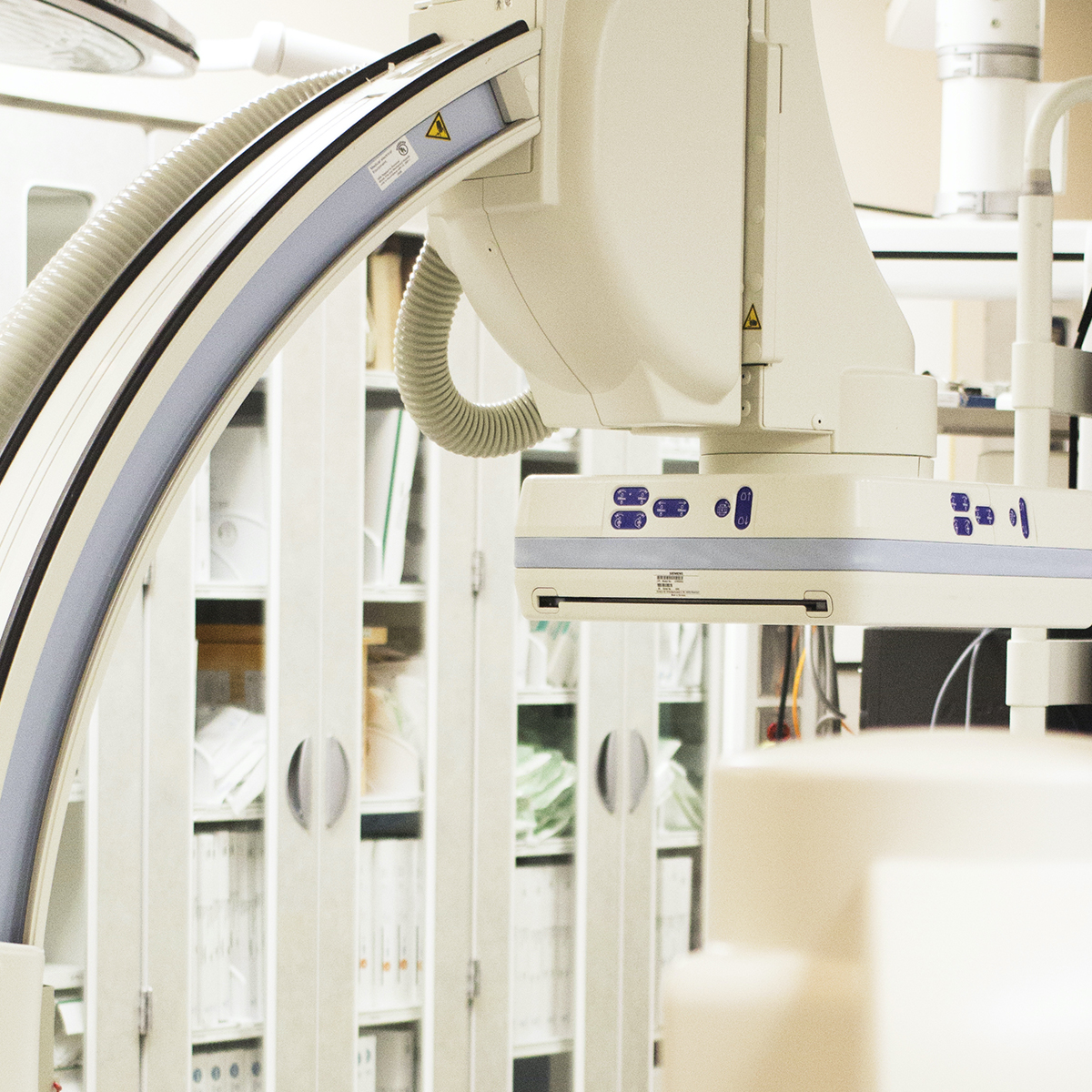Managing the Electrophysiology Sales Rep
EP technology manufacturers focus a lot of attention on the EP lab, given the rapid increase in demand and the profitability of devices. EP doctors tend to rely on technologies they have been trained on and grown accustomed to, and since they spend all week in the lab, not in an R&D facility, they are frequently introduced to technologies that they don’t understand, as well as the well-educated sales rep. The time between new innovations just isn’t long enough to catch up. This means that the doctor becomes the student and the device rep the teacher, who can spin the training to benefit his/her product.
...the doctor becomes the student and the device rep the teacher, who can spin the training to benefit his/her product.
The fact that most doctors are not employees of the hospital and the lab means that the “EP marketplace” doesn’t simply consist of a buyer and a seller. Instead, there is a buyer, a seller, and a third party (the doctor), whose role is often to act as an extension of the seller, effectively “rep-ing” the devices in negotiations with lab management. The doctor usually has no direct interest in ensuring the device choice is an economical one, and frequently is not knowledgeable about and engaged in cost-benefit analyses. In all fairness, this is changing a lot these days, with more and more doctors taking an active interest in the financial situation of the lab and participating in value analysis committee meetings.
Medical device manufacturers do not advertise their prices in catalogues, brochures, or online. If you were to ask yourself, “what is the price of a diagnostic ultrasound catheter?", you would quickly get lost and give up. The answer is not available. Instead, sales reps will have target prices that they push in a tailored discussion with the individual lab/hospital, which will, due to the lack of comparison power, end up with very different prices. We have seen devices with an average sales price of $2,500 sell for $1,700 at some hospitals and $3,500 at other hospitals. The price perception becomes even more opaque due to the effective bundling of devices with capital equipment, devices with devices, devices with service contracts, etc.
We have seen devices with an average sales price of $2,500 sell for $1,700 at some hospitals and $3,500 at other hospitals.
It is common knowledge that the presence of the sales rep during procedures probably increases the cost of those procedures, because they can successfully sell newer and more expensive devices to the doctor, who will demand them from the lab in which they are practicing. It’s not exactly that the device rep acts as a brood parasite in the nest of the EP lab, but his/her interests - at least at the superficial level – run counter to the EP lab’s interest in being profitable.
So what can EP lab management do to control costs and balance new technology adoption with overall operational effectiveness? Some hospitals have experimented with kicking the device rep out of the lab/hospital. Loma Linda is a classic example. We hear little, but I understand they went back to the old model. Let’s be clear: It is not a good idea to kick the device rep out of the EP lab to lower costs. It will probably anger the EP doctor who relies on the sales rep’s support, and the lab will quickly get behind in terms of software updates and technology development.
Instead, there is a new approach for a “new deal” in the EP marketplace, and we have seen it successfully negotiated in some labs:
- Be transparent with the device sales rep and surface the conflict of interest. Most sales reps’ compensation is more than 50% commission, so directly related to how much they sell. Tell them you are aware of this and you know this is why they are in the lab. Then tell the rep about the economics of the EP lab and the need to control costs. Make them part of the conversation instead of allowing them the power of stealth. They will understand that if the lab isn’t profitable, there is no longer a lab to sell to, and they will accept that cost considerations sometimes delay or diminish their profits.
- Educate the EP doctors about EP lab economics and make them part of the decision. More and more EP doctors understand that profitability is important for the lab – and the doctor’s continued practice in the lab. They understand this, because they are looking at the open books. More importantly, this also makes them understand trade-offs and long-term value of acquisition decisions. “If I insist on getting this second-generation device at a significant price increase, I can’t get the newest mapping system.”
- Finally, spend the time planning how you will balance the different, competing interests present in the EP lab. With a growing patient population, reducing procedure time is critical. Many newer technologies carry with them the promise of faster procedures or fewer re-do’s – but they are expensive. Mapping system choice is important for the EP doctors. Tell them that you’ll work with them to get the systems and the devices they prefer. Leverage the sales reps as resources to understand new technology and get the best deal possible. And do all this while working towards long and short term profitability goals.
There are no silver bullets that fix the EP sales rep dilemma for the EP lab. However, there are proven roadmaps to a new deal, where interests are better balanced and fewer games are played.



